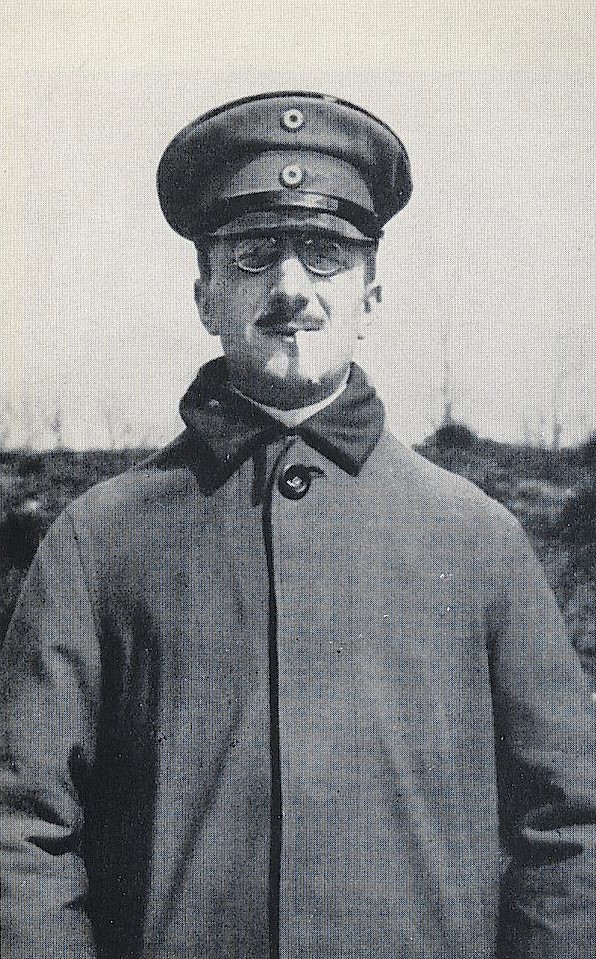Alfred Döblin: A People Betrayed: November 1918: A German Revolution. Trans. John E. Woods. Fromm International, 1987. 656 pp.
Armistice Day, November 11, 1918. The war that used to be called the Great War, the one President Wilson said would make the world safe for democracy, the war to end all wars but that turned out to be just a prelude – this war had finally come to an end. And then? What would happen in the defeated German Empire? What was going on in the minds of ordinary Germans in those days of confusion?
All Quiet on the Western Front had focused on the fate of a small number of characters, following them from their enthusiastic greeting of the war’s outbreak through their experience of its horrors in the trenches to their senseless deaths in its final days. Remarque had tried to explain why the soldiers who fought on the western front were a lost generation, unable to adjust to peacetime and civilian life.
Döblin’s novel picks up only a few weeks after the end of All Quiet. His approach, though, is completely different. His panorama is both detailed (in 600 pages, he manages to cover only three hectic weeks) and vast, stretching from Berlin to Strasbourg to Paris, from Wilson – portrayed sympathetically – to the political generals around Hindenburg, to ordinary people like an assistant pharmacist: “What could be more pleasant in all the world, he thought, than to lay one’s body, be it ugly or beautiful, in the frying pan of alcohol and let it warm there lightly till it was finally ready for the finest thing in the world – sleep.”
Written during the Second World War and originally published in German in 1948-49, A People Betrayed is Döblin’s attempt to explain the origins of Hitler’s war by examining the mistakes made in 1918. Max Weber used to say in private conversation that the problem with the Germans was that they had never guillotined a Hohenzollern. They missed their last chance when the Kaiser was allowed to abdicate and take up residence in Holland. Although the monarchy was disposed of, the old conservative institutions, like the general staff and the civil service, provided an element of continuity that would eventually prove fatal. To put down the communists, Ebert’s Social Democrats reluctantly cooperated with the Reichswehr officers. It’s not clear that they had any better choice, but the founders of the new republic ended up with blood on their hands.

(Döblin in 1916; Wikimedia Commons)
Until the Nazis forced him to emigrate, Döblin (1878-1957) was not only an author but a practicing physician. Here he writes like a doctor describing symptoms, not peering into the souls of his characters. His sympathy lies with the people betrayed by their leaders, though he expresses little of this overtly. He concentrates rather on their personal affairs, like how to find the wherewithal to survive when the entire social structure has been shattered. Though the characters themselves may not be aware of it, Döblin shows how all their individual problems exist in a larger political context.
“The war is still going on, even if it is not in the trenches anymore.” Now it is being waged in the minds of those who survived. Among the politically aware characters, some want to change man’s soul through a rebirth in Christ, while others want to change the social structure from top to bottom, though these Germans prove singularly inept at revolution. Döblin’s sympathies clearly lie with the former group, yet his concept of Christianity allows for harsh criticism of social ills – and of the church as an institution.
What makes this neglected masterpiece worth reading is his gift for presenting characters both high and low in a panoramic sweep. He treats all his many figures with clinical distance, as if he could control his anger only through self-imposed detachment. Readers not well familiar with this period of German history would perhaps have profited from some explanatory notes. Nonetheless, this readable translation (by John E. Woods) should serve to introduce a great author to the wider audience he deserves.
(This review first appeared in the Stillwater, OK, Newspress, probably sometime in the fall of 1987. The novel was reviewed by Ernst Pawel in The New York Times April 17, 1983, “The Renaissance of Alfred Döblin.”)